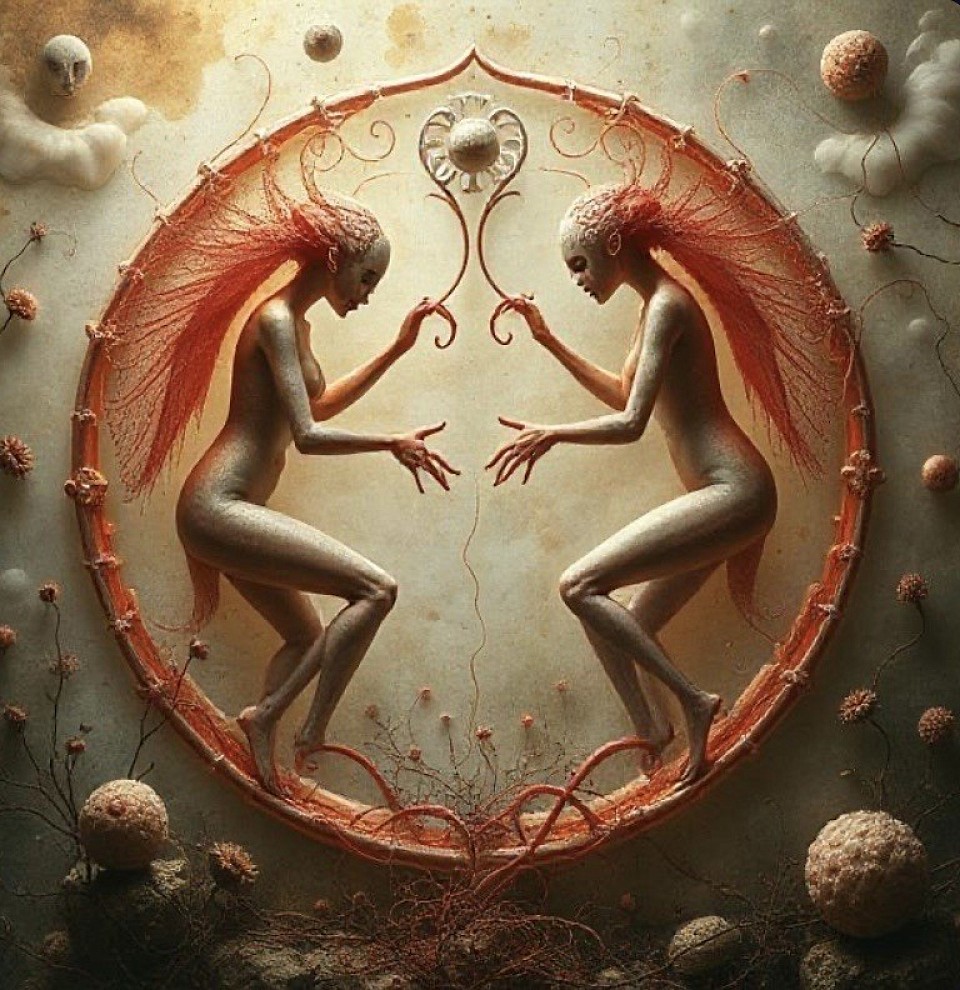-ˋˏ ༻ Progress ༺ ˎˊ-
━━━━━━━•°•°•❈•°•°•━━━━━━━
⋆˚𝜗𝜚˚⋆
Currently working on
Transport proteins:
Kinesins and Dyneins:
The kinesin gene family is a group of motor proteins that play a critical role in intracellular transport, particularly in the movement of cellular cargo along microtubules
KIF3A
KIF3A is a key component of the kinesin-II motor protein complex, which is essential for building and maintaining cilia and flagella. These cellular appendages are involved in various processes, including cell signaling and movement
Dynein, another motor protein, is involved in various meiotic processes, including
Axonal Transport:
KIF3A, along with its partners KIF3B and KAP3, forms a complex that moves along microtubules, facilitating the transport of various cargo, including vesicles, within neurons
Spindle Assembly Checkpoint (SAC):
The SAC is a crucial quality control mechanism that monitors spindle assembly. It ensures that chromosomes are correctly attached to the spindle before the cell proceeds to separate them. If any chromosomes are not properly attached or aligned, the SAC delays cell division until the issue is resolved
Regulatory proteins:
Controlling gene expression and cellular processes
Currently working on
Secondary metabolites:
These have various roles, including signaling, defense, and other functions not directly related to the life cycle
Terpenoids:
Composed of repeating isoprene units
Include a wide range of compounds like monoterpenes, diterpenes, triterpenes, and carotenoids
Phenylpropanoids:
Contain a phenolic ring, often derived from phenylalanine
Include phenolic acids, flavonoids, tannins, and lignin
Alkaloids:
Nitrogen-containing compounds with diverse structures
Polyketides:
Synthesized from acetate or propionate units
Include a wide variety of compounds like antibiotics, pigments, and toxins
Role: defence against pathogens
Currently working on
Biosynthesis:
It is the longest phase of the cycle, but also the most variable in duration
the process of making complex products from simpler components through chemical reactions at the cellular level
Precursor Acquisition:
Living organisms obtain the necessary building blocks, or precursors, for biosynthesis. These can be obtained from the environment or synthesized from other molecules within the organism
Activation:
Precursors may need to be activated before they can be incorporated into the larger molecule. This often involves attaching the precursor to a carrier molecule or modifying it with an energy-rich molecule like ATP
Condensation/Elongation:
The activated precursors are then linked together through chemical reactions to form the desired molecule
For instance, in protein synthesis, amino acids are joined together by peptide bonds, forming a polypeptide chain
This process is highly regulated by enzymes
Modification and Processing:
These modifications, often referred to as post-translational modifications in proteins, can involve adding chemical groups, trimming parts of the molecule, or folding it into a specific three-dimensional structure
Interphase
G1 Phase (Gap 1): Part 2:
──── ·:*¨༺ ♱✮♱ ༻¨*:· ────
Interphase
G1 Phase (Gap 1): Part 3:
──── ·:*¨༺ ♱✮♱ ༻¨*:· ────

